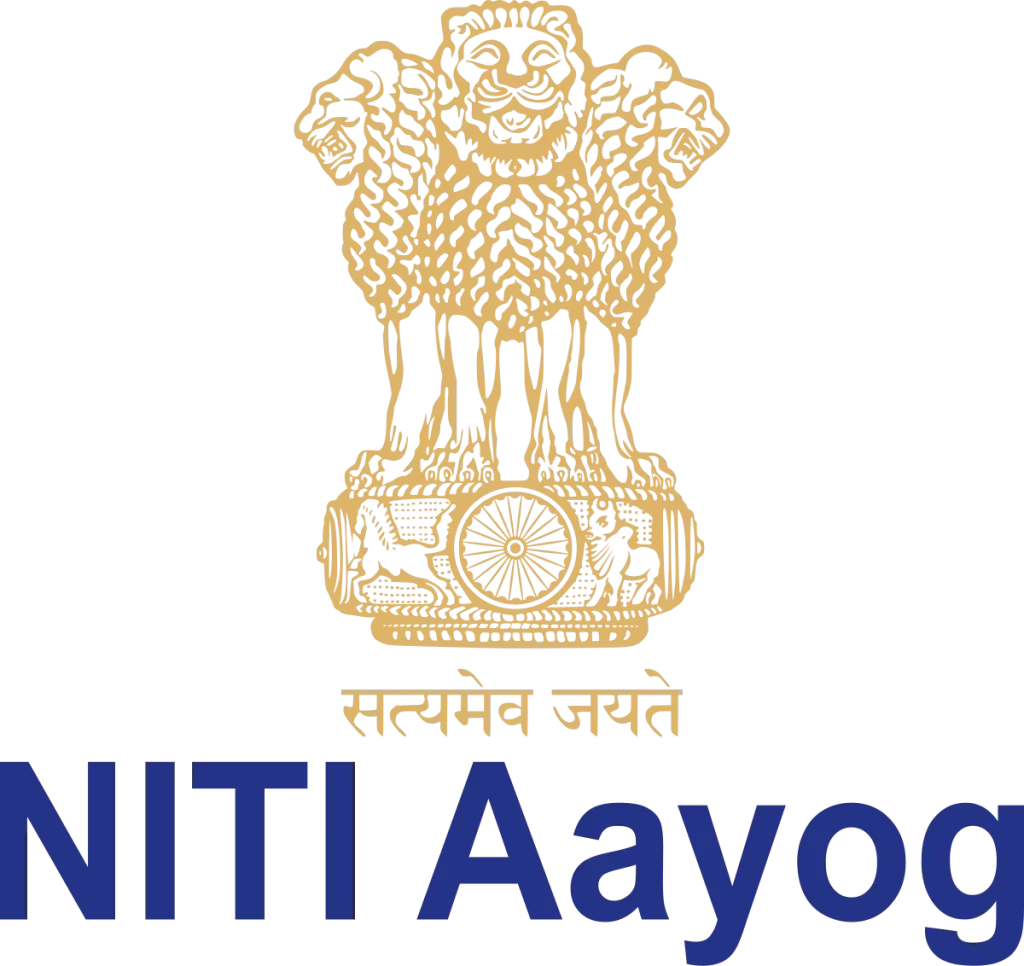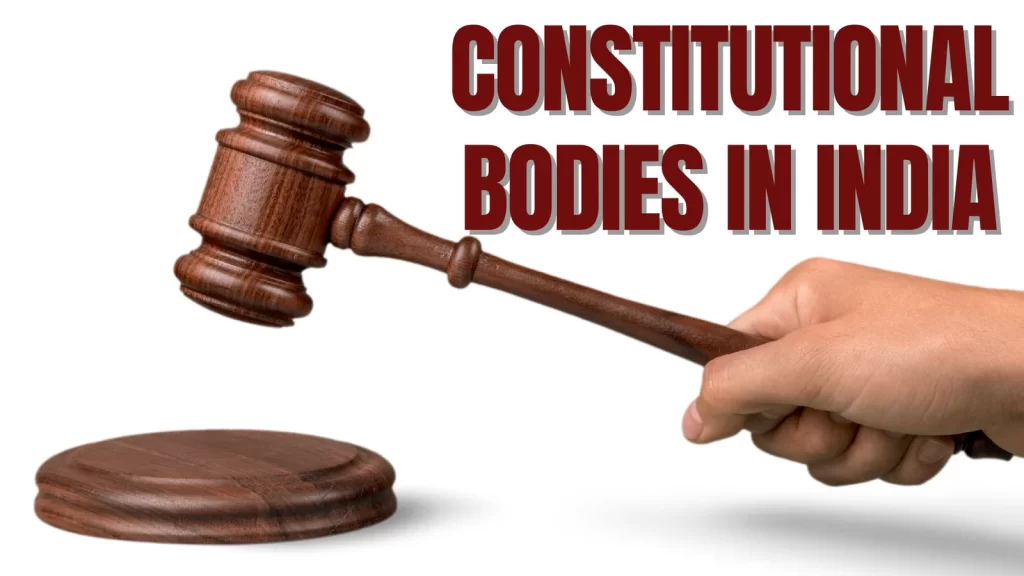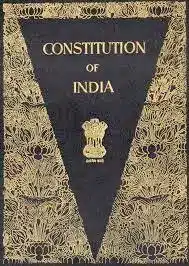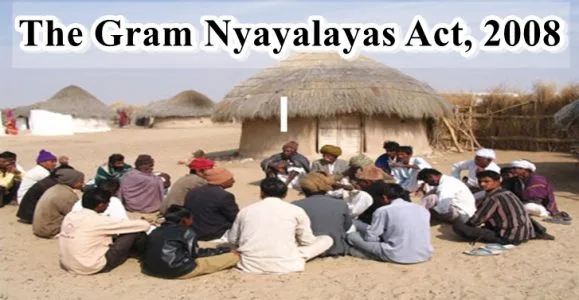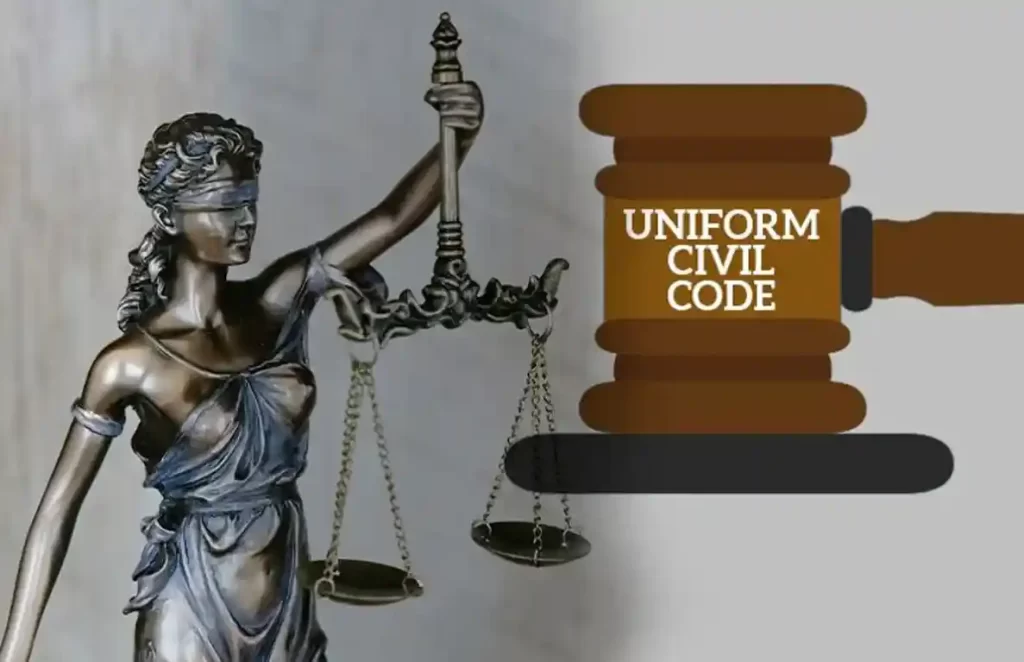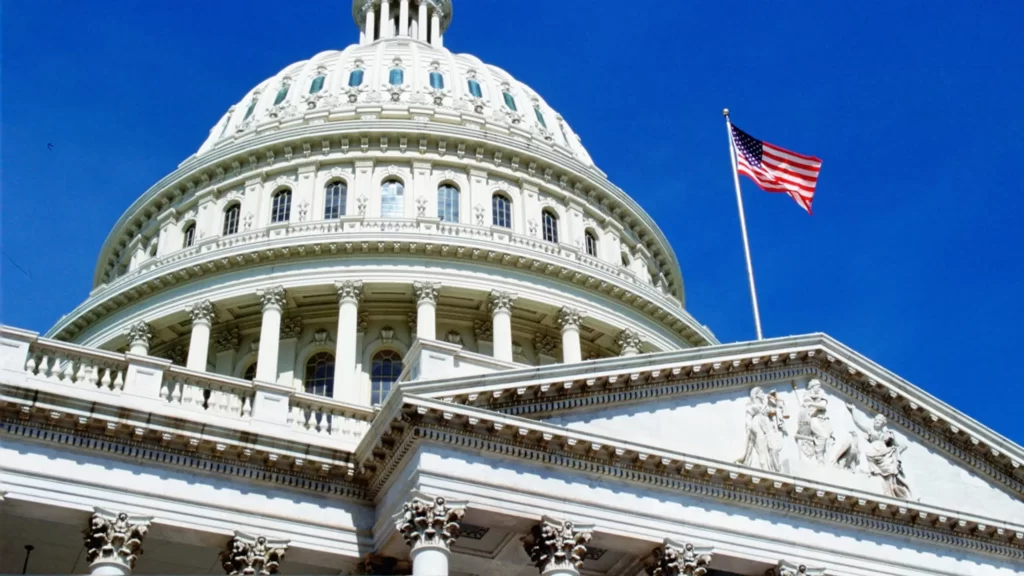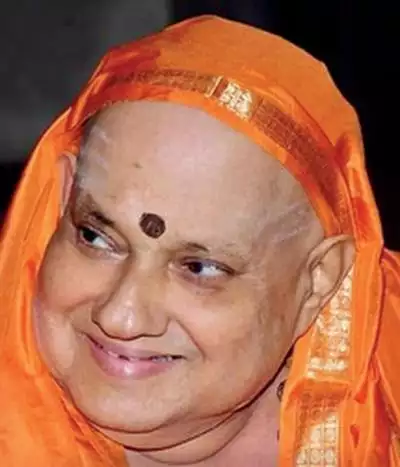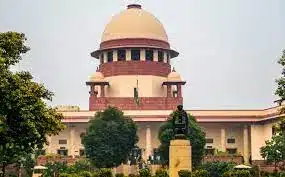Introduction of National Flag of India
- Every free nation of the world has its own flag. It is a symbol of a free country.
- The National Flag of India was adopted in its present form during the meeting of Constituent Assembly held on the 22 July 1947, a few days before India’s independence from the British on 15 August, 1947.
- It served as the national flag of the Dominion of India between 15 August 1947 and 26 January 1950 and that of the Republic of India thereafter.
- In India, the term “tricolour” refers to the Indian national flag.
- The National flag of India is a horizontal tricolor of deep saffron (kesari) at the top, white in the middle and dark green at the bottom in equal proportion.
- The ratio of width of the flag to its length is two to three. In the centre of the white band is a navy blue wheel which represents the chakra.
- Its design is that of the wheel which appears on the abacus of the Sarnath Lion Capital of Ashoka. Its diameter approximates to the width of the white band and it has 24 spokes.

Why National Flag is hoisted at Red Fort?
- It represents the symbol of anti-colonial resistance.
- It was the center of India’s First war of Independence that is 1857 revolt and INA trials.
- Subhas Chandra Bose, the Netaji of INA gave a famous call Chalo Dilli (March to Delhi) which was linked to the idea of the recapture of the Fort.
INA trials in 1945-1946
- After the second world war, the captured officers of the INA were put on public trial at the Red Fort in December in 1945.
- Three officers, namely Colonel Shah Nawaz Khan, Colonel Prem Kumar Sahgal and Colonel Gurbaksh singh Dhillon, were housed there for the duration of trials.
- The Chambers within the baoli, or step-well, believed to pre-date the Red Fort, were converted into a prison.
- There was a Mass upheaval of campaigns, protest meetings and all-party demonstrations showing signs of remarkable communal harmony.
- The nation wide campaign for the release of the INA officers further reinforced the public perception of the former Mughal fort-palace as the symbol of anti-colonial resistance.
How did India get its National Flag?
- 1906: Arguably the first national flag of India is said to have been hoisted on 7th August 1906, in Kolkata at the Parsee Bagan Square (Green Park).
- It comprised three horizontal strips of red, yellow and green, with Vande Mataram written in the middle. The red strip on the flag had symbols of the sun and a crescent moon, and the green strip had eight half-open lotuses.
- 1907: Madame Cama and her group of exiled revolutionaries hoisted an Indian flag in Germany in 1907 — this was the first Indian flag to be hoisted in a foreign land.
- 1917: Dr Annie Besant and Lokmanya Tilak adopted a new flag as part of the Home Rule Movement. It had five alternate red and four green horizontal stripes, and seven stars in the saptarishi configuration. A white crescent and star occupied one top corner, and the other had Union Jack.
- 1921 : Pingali Venkayya met Gandhi in Vijaywada and presented a rudimentry design of the flag. It consisted of two red and green bands to symbolise the two major communities, Hindus and Muslims. Mahatma Gandhi arguably suggested adding a white band to represent peace and the rest of the communities living in India, and a spinning wheel (Charkha) to symbolise the progress of the country.
- 1931: The Congress Committee met in Karachi and adopted the tricolour (that of Pingali Venkayya) as India’s national flag. Red was replaced with saffron and the order of the colours was changed. The flag was to have no religious interpretation. Saffron on top symbolises “strength and courage”, white in the middle represents “peace and truth” and green at the bottom stands for “fertility, growth and auspiciousness of the land”.
- “Endorsing these changes, Gandhi observed that ‘the national flag is the symbol of non-violence and national unity to be brought about by means strictly truthful and non-violent’. The tricolour, he wrote, represents and reconciles all religions'”.
- Post Independence: A national flag committee was formed under president Rajendra Prasad. It used venkayya’s tricolour design but replaced the charkha with the Ashok Chakra(which has 24 spokes). Ashok Chakra is intended “to show that there is life in movement and death in stagnation”.
Info about National Flag
- The National Flag of India is a horizontal rectangular tricolour of India saffron, white and India green; with the Ashoka Chakra, a 24-spoke wheel, in navy blue at its centre.
- The National Flag should be rectangular in shape with a length to width ratio of 3:2
- It was adopted in its present form during a meeting of the Constituent Assembly held on 22 July 1947, and it became the official flag of the Dominion of India on 15 August 1947.
- The flag is based on the Swaraj flag, a flag of the Indian National Congress designed by Pingali Venkayya.
- The manufacturing process and specifications for the flag are laid out by the Bureau of Indian Standards.
- The right to manufacture the flag is held by the Khadi Development and Village Industries Commission, who allocates it to regional groups. Karnataka Khadi Gramodyoga Samyukta Sangha has been the sole manufacturer of the flag.
- Before 2004, as per the Flag Code of India, a private citizen was not permitted to fly the Indian flag except on certain days. Naveen Jindal challenged this. On 23rd January 2004, the Supreme Court of India ruled in favour of Naveen Jindal, and held that flying the national flag was symbol of expression that came within the right to freedom of expression under Article 19(1)(a) of the Constitution.
Flag Code of India
- On 26th January 2002, the Indian flag code was modified and after several years of independence, the citizens of India were finally allowed to hoist the Indian flag over their homes, offices and factories on any day and not just National days as was the case earlier.
- Now Indians can proudly display the national flag any where and any time, as long as the provisions of the Flag Code are strictly followed to avoid any disrespect to the tricolour.
- As per current norms, there is no restriction on the display of the National Flag by members of general public, private organisations, educational institutions, etc., except to the extent provided in the Emblems and Names (Prevention of Improper Use) Act, 1950 and the Prevention of Insults to National Honour Act, 1971 and any other law enacted on the subject.
- For the sake of convenience, Flag Code of India, 2002, has been divided into three parts. Part I of the Code contains general description of the National Flag. Part II of the Code is devoted to the display of the National Flag by members of public, private organizations, educational institutions, etc. Part III of the Code relates to display of the National Flag by Central and State governments and their organisations and agencies.
- The Flag Code of India 2002 was revised by the Ministry of Home Affairs to permit the flying of the national flag even at night as the federal government begins its Har Ghar Tiranga campaign. The flag could previously only be flown between sunrise and dusk.
There are some rules and regulations upon how to fly the flag, based on the 26 January 2002 legislation. These include the following:
The Do’s:
- The National Flag may be hoisted in educational institutions (schools, colleges, sports camps, scout camps, etc.) to inspire respect for the Flag. An oath of allegiance has been included in the flag hoisting in schools.
- A member of public, a private organization or an educational institution may hoist/display the National Flag on all days and occasions, ceremonial or otherwise consistent with the dignity and honour of the National Flag.
- Section 2 of the new code accepts the right of all private citizens to fly the flag on their premises.
The Don’ts:
- The flag cannot be used for communal gains, drapery, or clothes. As far as possible, it should be flown from sunrise to sunset, irrespective of the weather.
- The flag cannot be intentionally allowed to touch the ground or the floor or trail in water. It cannot be draped over the hood, top, and sides or back of vehicles, trains, boats or aircraft.
- No other flag or bunting can be placed higher than the flag. Also, no object, including flowers or garlands or emblems can be placed on or above the flag. The tricolour cannot be used as a festoon, rosette or bunting.
Constitutional Aspect
- The Constituent Assembly adopted the motion of national flag on 22nd July 1947.
- The motion proposed that “the National Flag of India shall be horizontal tricolour of deep saffron (kesari), white and dark green in equal proportion.” The white band was to have a wheel in navy blue (the charkha being replaced by the chakra), which appears on the abacus of the Sarnath Lion Capital of Ashoka
- One of the minor committees of the Constituent Assembly, the Ad-hoc Committee on the National Flag was headed by Dr. Rajendra Prasad.
- The Part IV-A of the Constitution (which consists of only one Article 51-A) specifies the eleven Fundamental Duties. According to Article 51A (a), it shall be the duty of every citizen of India to abide by the Constitution and respect its ideals and institutions, the National Flag and the National Anthem.
- A person who is convicted for the following offences under the Prevention of Insults to National Honour Act of 1971 is disqualified to contest in the elections to the Parliament and state legislature for 6 years.
- Offence of insulting the National Flag
- Offence of insulting the Constitution of India
- Offence of preventing the singing of the National Anthem.
The Indian National Flag represents the hopes and aspirations of the people of India. It is the symbol of our national pride.
Also refer :
- List of PMs who hoisted the national flag on Red Fort, Click here.
- Download the pdf of top 50 Science MCQs For Competitive Exams.

